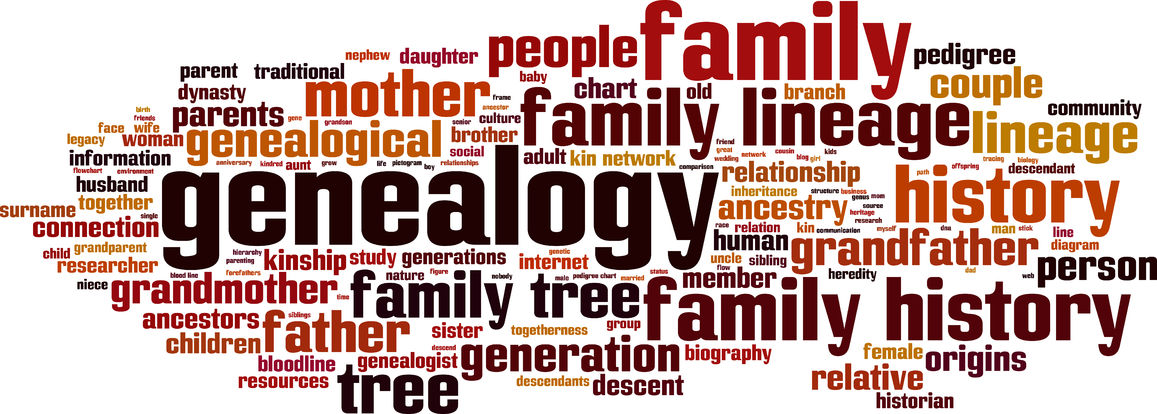For the last six years I’ve been ruminating over the concept of Ancestor Worship in ancient China. During the Shang dynasty, which ended about 3,000 years ago, we get the first indication of Ancestor Worship. We see glimpses of ancestor worship associated with disease suggesting an ancestor was responsible for the disease.
Most of our interpretation of ancestor worship comes from the attitudes of missionaries and medical professional from the late 1800’s to early 1900’s. During that time, we interpreted ancestor worship as a very black and white thing…nonsense and superstition which is also what we teach today.
Yet, what bothered me was we also saw acupuncture and other Chinese medical advances in the same light. Surprisingly, if it wasn’t for Mao tse-tung, Chinese medicine would have been written out of Chinese history and forgotten.
Today, our medical advances have started supporting Chinese medical theories. Five Element Theory was formalized during the Han Dynasty (206AD-220BC). Five Element Theory identifies correlations in the body. One example from Five Element Theory is the correlations between the kidney and ear.
In 2010 an Australian research team identified the association of chronic kidney disease with hearing loss(1). Earlier, in 1973, initial research on supporting structural similarities between the ear and kidney was published (2). The same year, the scientific community identified a whole new organ that Chinese Medicine had known about for over a millenium.
Prior to research and even with the research, relationships and theories in Chinese medicine were disparaged. So, I began to think, “What if we got this wrong?” What if ancestor worship wasn’t about superstition or nonsense? The further along in science we go, the more we start to validate theories that were established over 2,000 years ago in China. As an aside, there is evidence suggesting China was practicing cadaver dissections during the Han dynasty.
Over the last ten years, genetic research has brought to light inheritance of disease. In my practice with pregnant mothers, I was able to see the passing on of emotional characteristics from mother to child. The child actually absorbed and incorporated the emotional frequency of the mother during her pregnancy.
Some of the concepts in Chinese medicine started to make more sense. I started to see why Chinese medicine voiced concern to ensure the mother had a calm, relaxing pregnancy. It was like giving the child a blank canvas without any historical emotional baggage.
So, what if we got this wrong? What if ancestor worship was about letting go of the past, breaking our patterns. Today, we see breaking the past so much differently. We go to a therapist to get rid our anxiety. We go to a doctor to get rid our disease. Most of the time, we find each of these items in our parents, grandparents – our ancestors.
So, again, I wonder, what if we got this wrong? What if ancestor worship in ancient China was about acknowledging our inheritance? In order to bring more light and focus to the situation, a doctor would help identify one ancestor. With focus and clarity, the patient could spend all their attention on trying to change the past that existed inside them.
If we throw away our rose-colored 20th century sun glasses and saw ancient China in another light, could ancient China have already realized the relationship between disease inheritance in a patient, whether genetic or environmental, and identified a key way to break the patterns of the past?
You can learn more about the history of Chinese Medicine here on my blog by reading other great articles like this one on cupping and ancient chinese medicine or visit and subscribe to my Youtube channel @bestacupuncturellc where you can learn about history, theory, treatments, and whole lot more!
1. The Association Between Reduced GFR and Hearing Loss: A Cross-sectional Population-Based Study, Vilayur, Eswari et al., American Journal of Kidney Diseases , Volume 56 , Issue 4 , 661 – 669
2. Quick, C. A., Fish, A. and Brown, C. (1973), The relationship between cochlea and kidney. The Laryngoscope, 83: 1469–1482. doi:10.1288/00005537-197309000-00007

